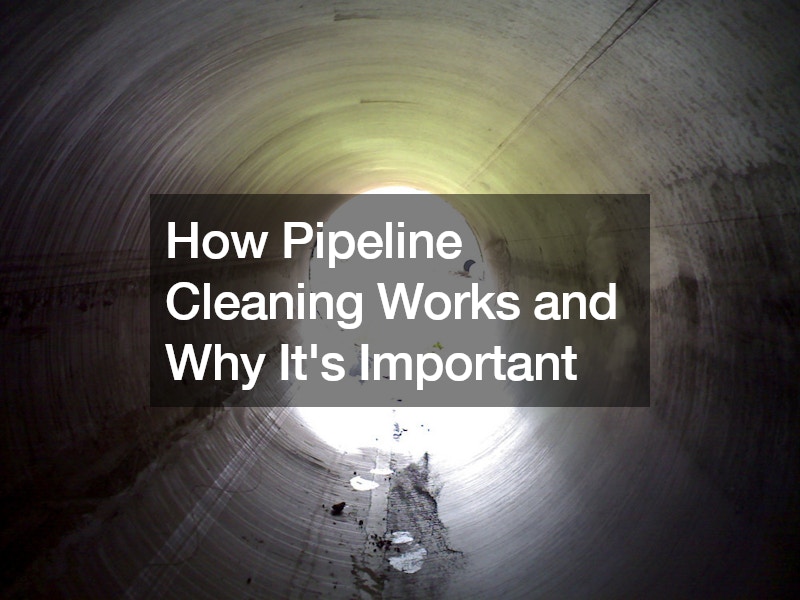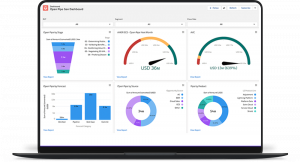Pipeline cleaning is a critical aspect of maintaining the integrity and efficiency of industrial pipelines across various sectors. These pipelines serve as the lifelines for transporting liquids and gases over long distances, making regular cleaning essential to prevent issues such as blockages, corrosion, and reduced flow rates. In this article, we will explore how pipeline cleaning works, why it’s important, and the role of pipeline cleaning pigs in this process.
Understanding Pipeline Cleaning
Pipeline cleaning involves the removal of sediment, scale, rust, and other debris that accumulate over time inside the pipeline.
This buildup can restrict flow, reduce efficiency, and increase the risk of corrosion and blockages. Various methods are employed for pipeline cleaning, including mechanical pigging, chemical cleaning, and hydro jetting.
The Importance of Pipeline Cleaning
Pipelines are vital components of modern industrial infrastructure, facilitating the transportation of essential resources such as oil, gas, chemicals, and sewage. Ensuring the smooth operation of these pipelines is paramount to avoid costly downtime, environmental damage, and safety hazards. Regular cleaning of pipelines helps maintain optimal flow rates, prevents corrosion and buildup of contaminants, and extends the lifespan of the pipeline system.
Pipeline cleaning is not only essential for maintaining the functionality of pipelines but also for ensuring environmental safety and regulatory compliance. Accumulated debris and contaminants in pipelines can pose significant environmental risks if left unchecked. For example, in oil and gas pipelines, buildup of sediments and corrosion can lead to leaks, spills, and soil contamination, endangering ecosystems and water sources.
Moreover, pipeline cleaning is often a regulatory requirement imposed by government agencies to mitigate environmental hazards and ensure public safety. Failure to comply with these regulations can result in hefty fines, legal liabilities, and damage to a company’s reputation. Therefore, investing in regular pipeline cleaning not only protects the environment but also helps businesses avoid costly penalties and legal consequences.
Furthermore, efficient pipeline cleaning can improve operational efficiency and reduce operating costs for industries. Clean pipelines experience less friction and resistance, allowing fluids to flow more freely with less energy consumption. This translates to cost savings in terms of reduced energy usage and increased productivity. Additionally, by preventing corrosion and blockages, pipeline cleaning helps extend the lifespan of the pipeline infrastructure, reducing the need for frequent repairs and replacements.
Mechanical Pigging
Mechanical pigging is one of the most common methods used for pipeline cleaning. Pipeline cleaning pigs, also known as pigs, are cylindrical or spherical devices inserted into the pipeline and propelled by the flow of the product or by a cable. These pigs scrape away deposits from the inner walls of the pipeline as they travel through, ensuring optimal flow and preventing corrosion. The pigs can be fitted with various attachments such as brushes, magnets, and jetting heads to enhance cleaning efficiency.
Chemical Cleaning
Chemical cleaning involves the use of specialized chemicals to dissolve and remove deposits from the pipeline. This method is particularly effective for removing scale, rust, and other stubborn contaminants that may not be easily dislodged by mechanical pigging alone. Chemical cleaning solutions are circulated through the pipeline and allowed to react with the deposits, after which they are flushed out, leaving the pipeline clean and free of obstructions.
Hydro Jetting
Hydro jetting, also known as water jetting or hydro blasting, utilizes high-pressure water jets to clean the inner walls of the pipeline. Water is pumped at high pressure through a nozzle attached to a flexible hose, effectively dislodging and flushing out debris from the pipeline. Hydro jetting is highly effective for removing soft deposits, sludge, and grease buildup, and it can be used in combination with mechanical pigging for thorough cleaning.
Role of Pipeline Cleaning Pigs
Pipeline cleaning pigs play a crucial role in mechanical pigging operations. These devices are designed to fit snugly inside the pipeline and are equipped with brushes, scrapers, or other cleaning attachments to remove deposits from the inner walls. By systematically traversing the pipeline, pipeline cleaning pigs ensure that the entire length of the pipeline is thoroughly cleaned, maintaining optimal flow rates and preventing corrosion.
Conclusion
In conclusion, pipeline cleaning is a vital maintenance procedure that ensures the efficient and reliable operation of industrial pipelines. By removing sediment, scale, rust, and other debris, pipeline cleaning helps prevent blockages, corrosion, and reduced flow rates, ultimately extending the lifespan of the pipeline system. Mechanical pigging, chemical cleaning, and hydro jetting are common methods employed for pipeline cleaning, with pipeline cleaning pigs playing a central role in mechanical pigging operations. Regular cleaning of pipelines is essential to maintain optimal performance, minimize downtime, and ensure the safety and integrity of the pipeline infrastructure.
.






